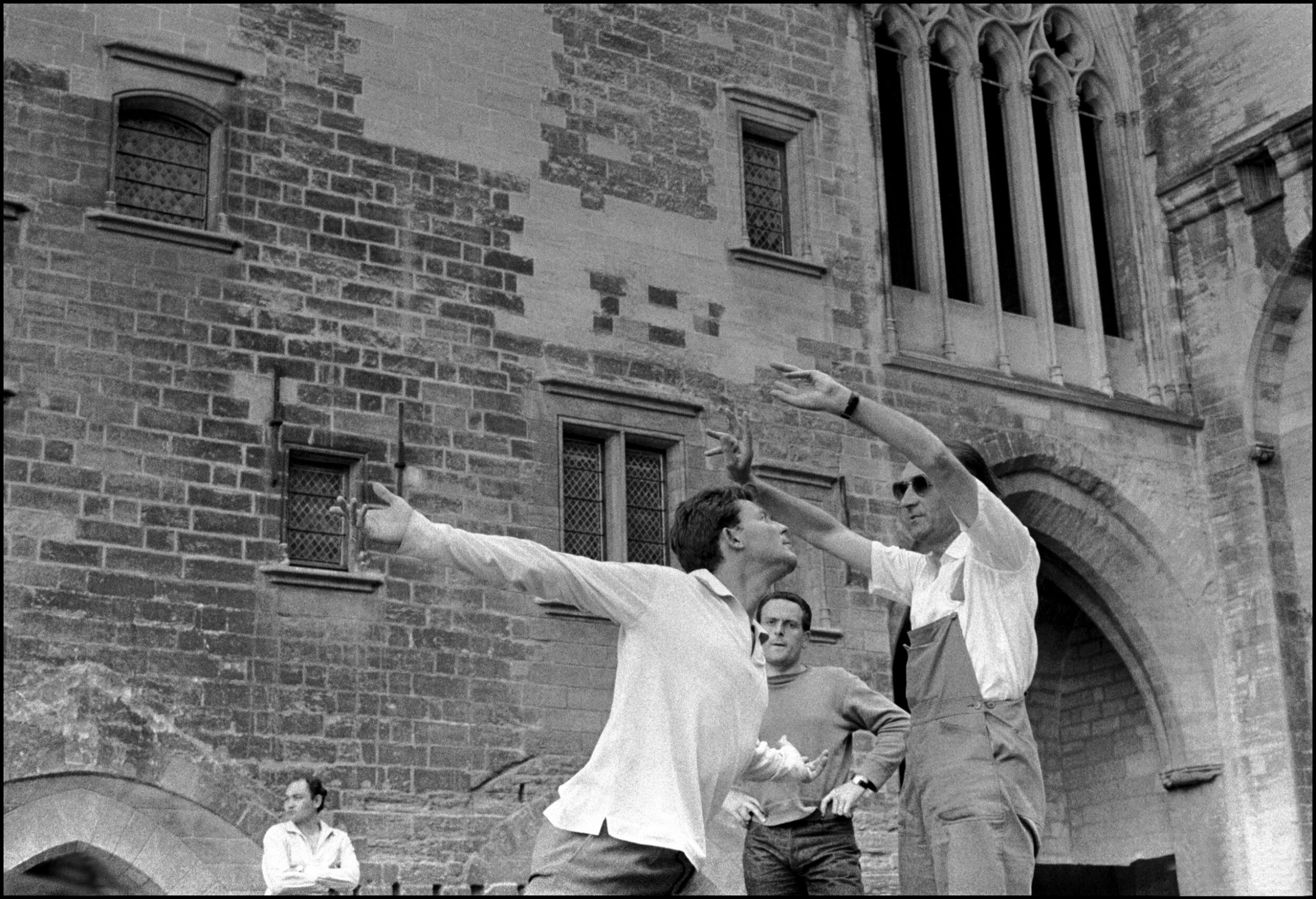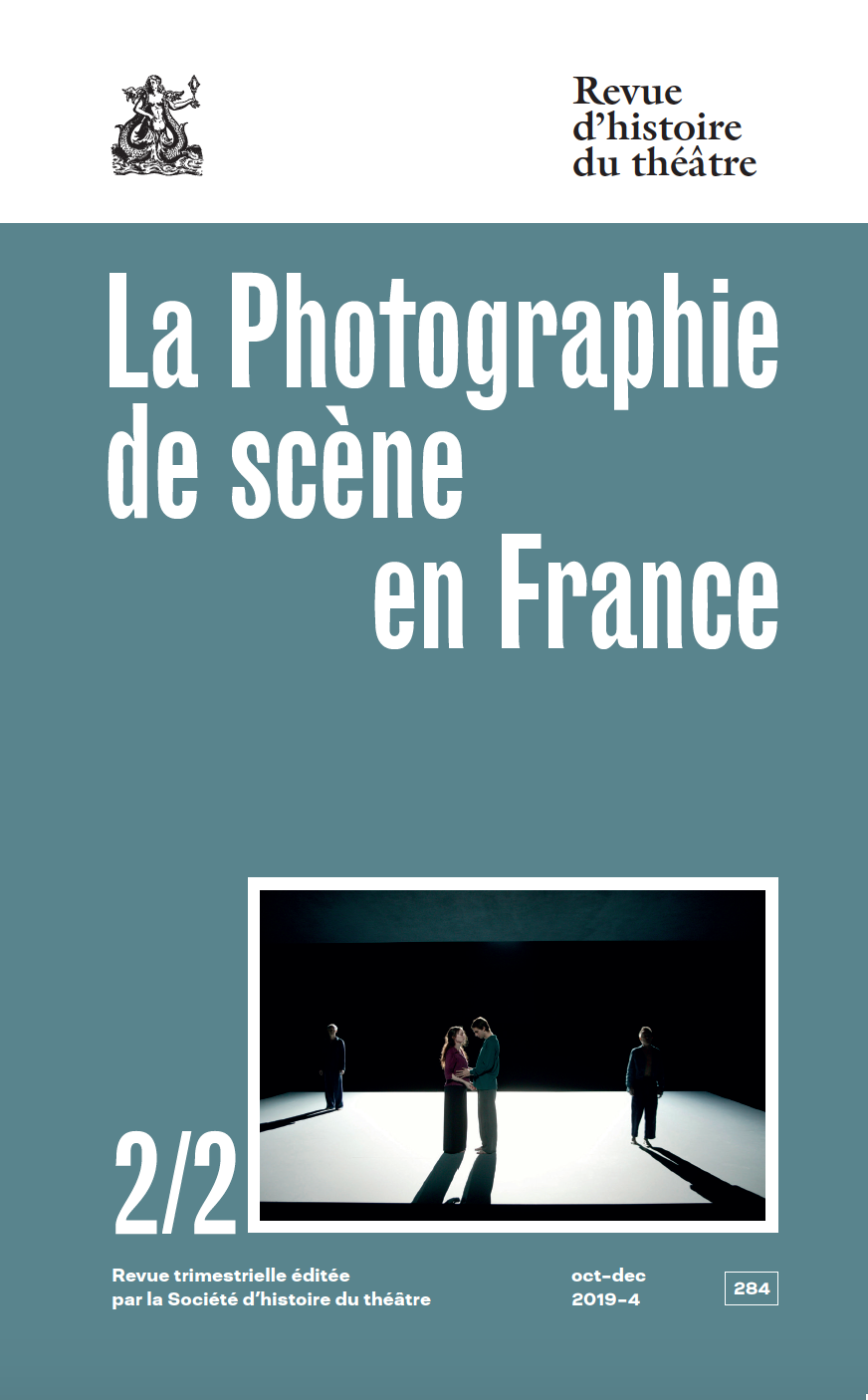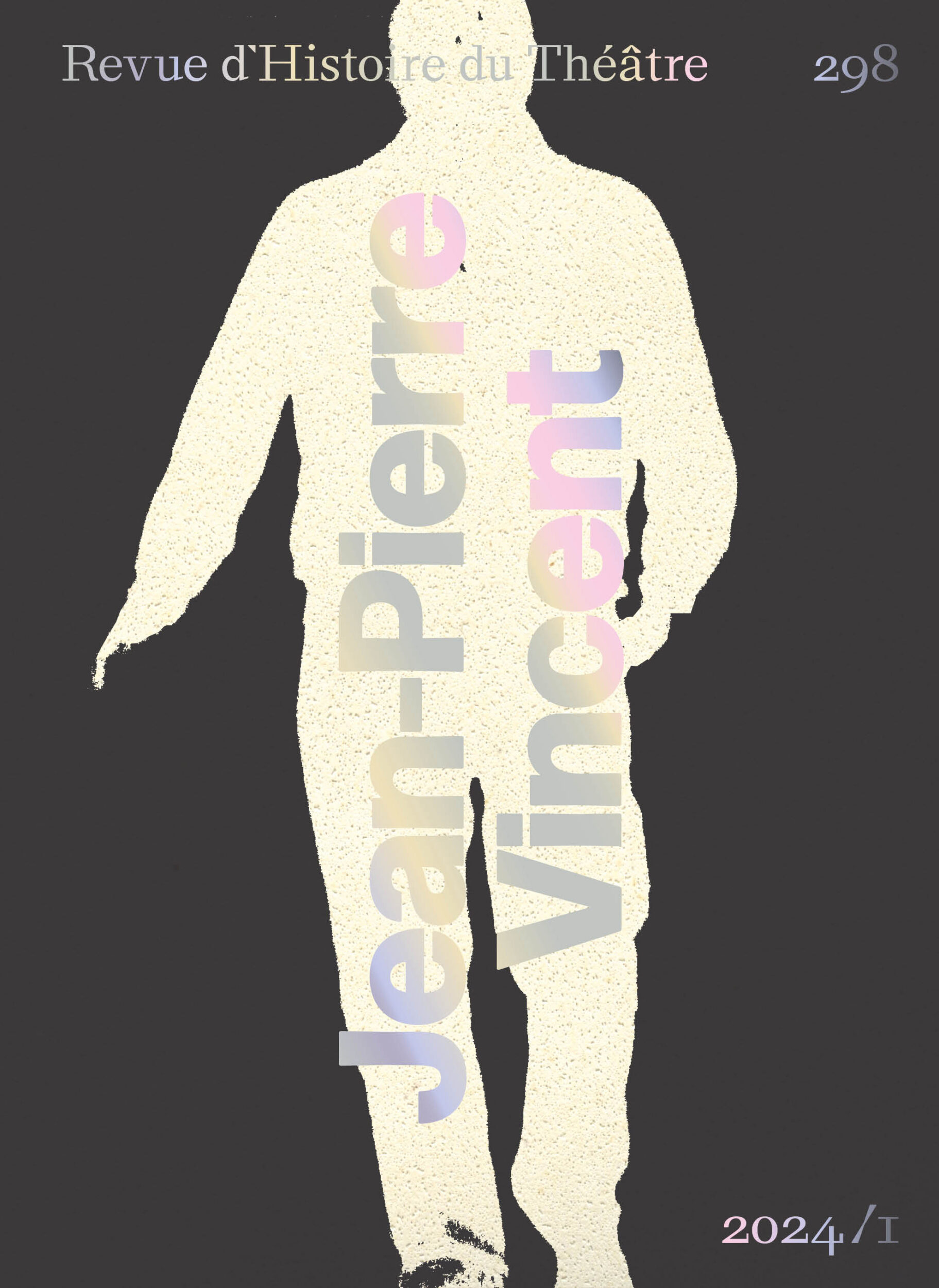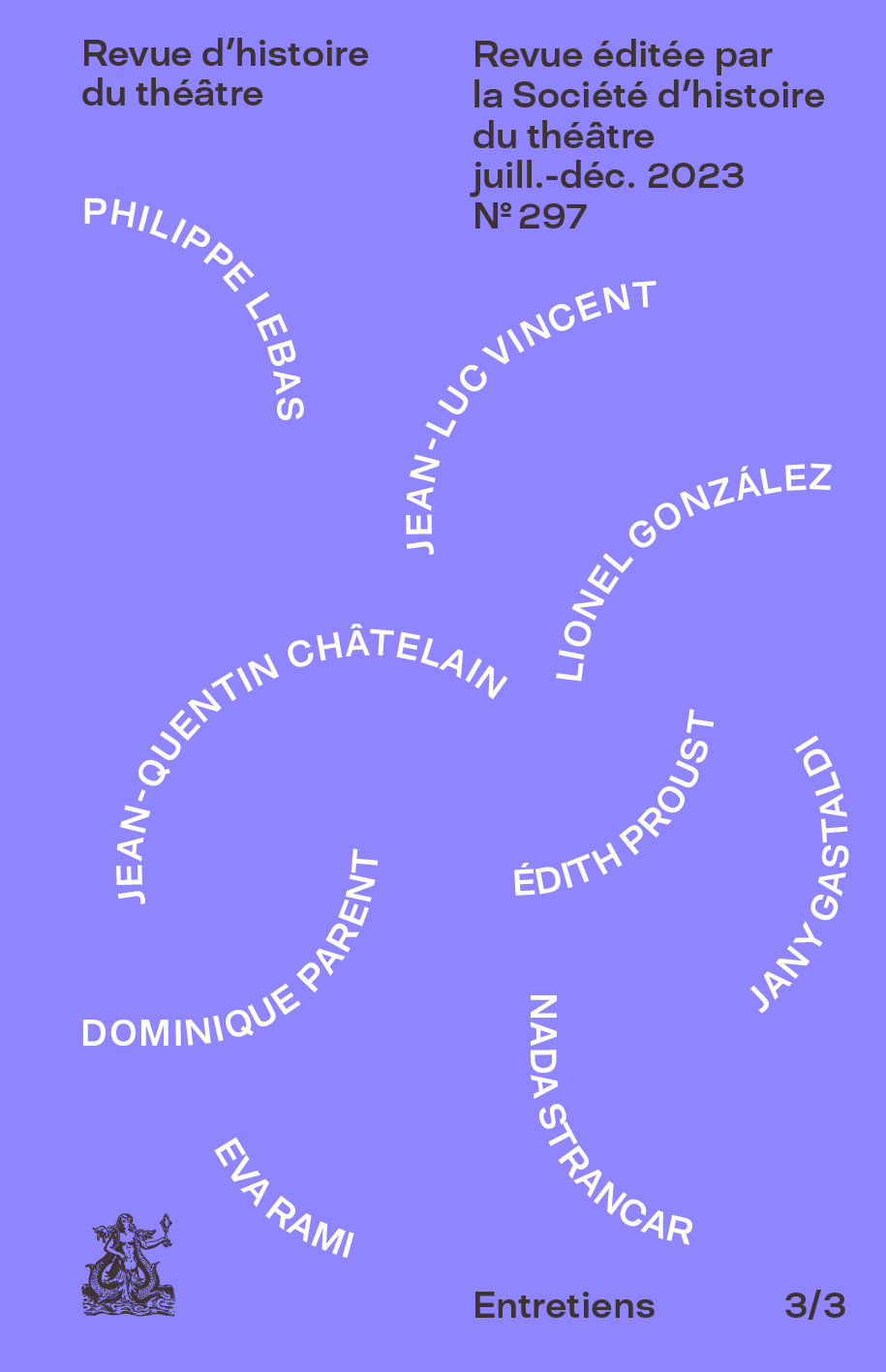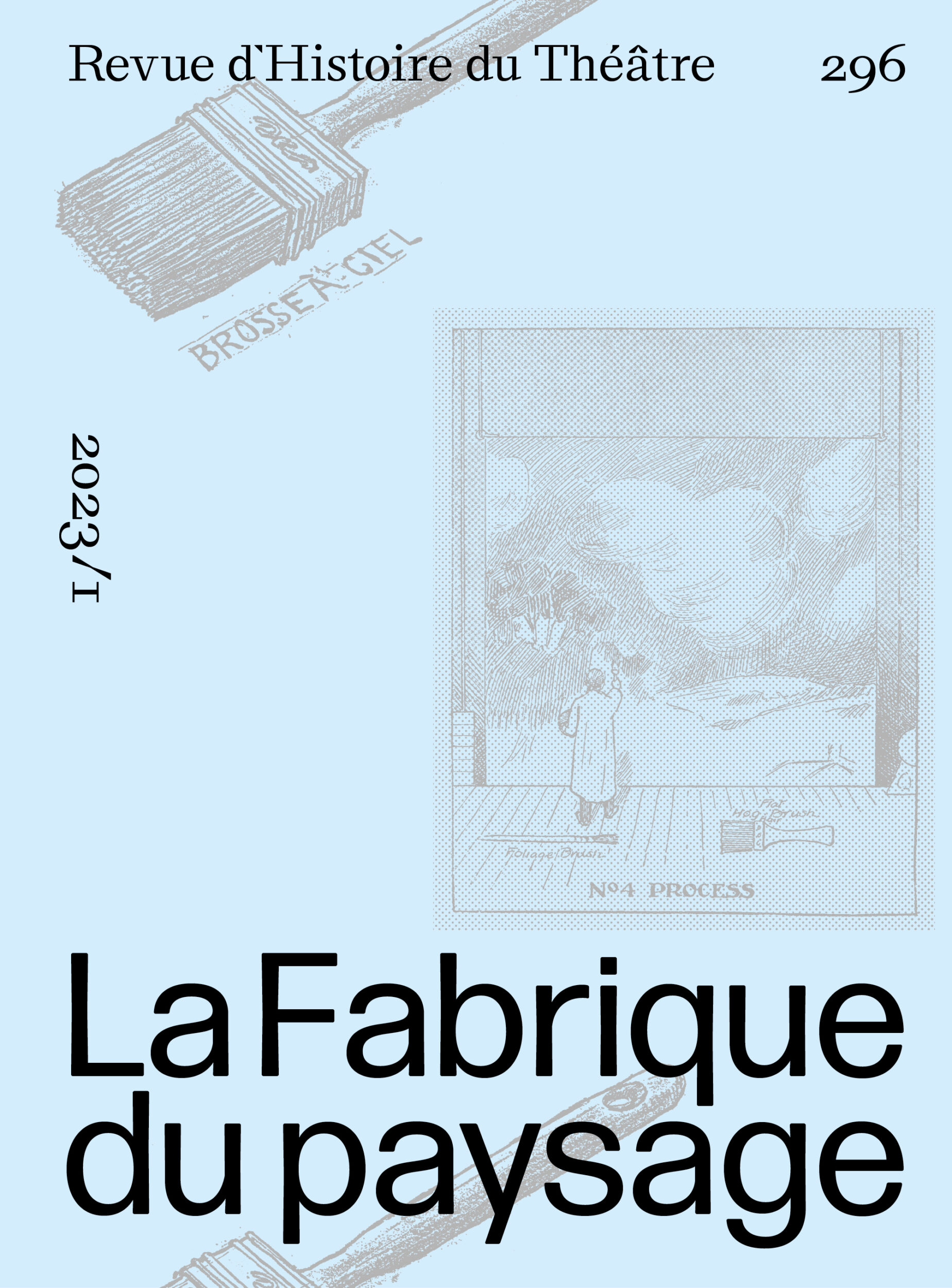Revue d’Histoire du Théâtre • N°284 T4 2019
De la photographie de mise en scène à la photographie comme mise en scène. L’exemple de Claude Bricage
Par Julie Noirot
Résumé
L’œuvre de Claude Bricage constitue dans l’histoire de la photographie de scène un jalon important. Compagnon de route de la création théâtrale pendant plus de vingt-cinq ans, Bricage appartient à cette génération de photographes que Chantal Meyer-Plantureux a qualifié de « metteurs en scène de l’image » qui revendique dans son travail une part d’autonomie et de créativité. Tout en revenant sur le tournant décisif opéré par cette œuvre dans l’histoire de la photographie de théâtre en France, il s’agira de réévaluer cet apport, en le réinscrivant plus largement non seulement dans une histoire de l’évolution de la mise en scène en France qui dans les années 1960-1970 s’affirme comme une création indépendante, mais aussi dans une histoire de la photographie contemporaine et de son institutionnalisation récente marquée par l’essor d’un courant dit subjectif et créatif.
Abstract :
From theatre photography to theatrical photography: the example of Claude Bricage.
Claude Bricage’s photographic work is an important milestone in the history of stage photography. Companion of the theatrical creation in France for more than twenty-five years, Bricage belongs to this generation of photographers that Chantal Meyer-Plantureux described as « directors of the image » which claims in his work a part of autonomy and creativity. While returning to the decisive turn made by this work in the history of theater photography in France, it will be question of reevaluating this contribution, by re-writing it more widely not only in a history of the evolution of the staging in France which in the years 1960-1970 asserts itself as an independent creation, but also in a history of contemporary photography and its recent institutionalization marked by the rise of a subjective and creative current.
Vous n’avez actuellement pas accès au contenu de cet article. Veuillez vous connecter à votre compte, vous abonner à la revue, ou acheter cet article ou ce numéro pour le visualiser dans son intégralité.
